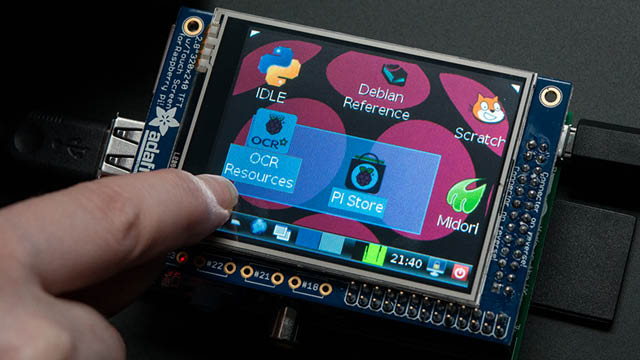In today’s digital world, your smartphone, smart speaker, and even your TV may be collecting more data than you realize. This 2,500-word investigation uncovers the shocking reality of modern device surveillance—who’s tracking you, how they profit from your information, and what you can do to protect your privacy.
1. The Surveillance Economy: How It Works
A. Data Collection Methods
-
Background Tracking – Apps and devices log activity even when idle
-
Microphone & Camera Access – Many devices listen/watch without indicators
-
Location Monitoring – GPS, WiFi, and Bluetooth create movement profiles
B. Who’s Watching You?
-
Tech Companies (Google, Meta, Amazon) build advertising profiles
-
Data Brokers sell personal information to insurers, employers, and governments
-
Hackers exploit weak security to steal sensitive data
C. The Profit Motive
-
Personal data generates $200–$500 per user annually
-
“Free” services monetize through surveillance, not subscriptions
-
Targeted ads drive 80% of Big Tech’s revenue
2. The Most Invasive Devices in Your Home
A. Smartphones: 24/7 Tracking
-
Contacts 3,000+ tracking domains monthly
-
Sends location data every 5 minutes, even when unused
-
Keyboard apps record everything you type
B. Smart Speakers: Always Listening
-
78% of users unaware their conversations are stored
-
Voice recordings used to train ad-targeting algorithms
-
Law enforcement can request access to recordings
C. Other Risky Gadgets
-
Smart TVs – Track viewing habits in extreme detail
-
Fitness Trackers – Health data sold to insurance companies
-
Children’s Toys – Some contain unsecured microphones
3. Corporate Excuses vs. Reality
A. “We Improve User Experience”
-
Truth: Personalization mainly benefits advertisers
-
Dark Patterns trick users into sharing more data
B. “Data Is Anonymous”
-
Truth: 99% of “anonymized” data can be de-anonymized
-
Location history reveals exact daily routines
C. “Necessary for Security”
-
Truth: Most collected data never used for protection
-
Poor security increases hacking risks
4. Government Surveillance Programs
A. Mass Data Collection
-
NSA programs track domestic communications
-
Police access smart doorbell footage without warrants
B. China’s Social Credit System
-
Monitors citizens’ online and offline behavior
-
Restricts travel based on device usage patterns
C. Global Expansion
-
UK scans messages for “harmful content”
-
EU proposes digital identity tracking
5. How to Protect Your Privacy
A. Device-Level Fixes
-
Disable unnecessary permissions (microphone, location)
-
Use privacy-focused OS (GrapheneOS, CalyxOS)
-
Cover cameras & mute mics when not in use
B. Network Security
-
VPN & Encrypted DNS prevent ISP tracking
-
Separate IoT network isolates smart devices
-
Block trackers at the router level
C. Behavioral Changes
-
Pay for services instead of using “free” ad-supported ones
-
Regularly delete stored data from accounts
-
Educate family on digital privacy risks
Conclusion: Taking Back Control
Tech companies and governments have turned everyday devices into surveillance tools—but you can fight back. By understanding how tracking works and taking proactive steps, you can reclaim your digital privacy.
Tags: digital privacy, data tracking, surveillance capitalism, smartphone spying, data brokers, privacy protection, smart device risks, government surveillance, online security, ad tracking














